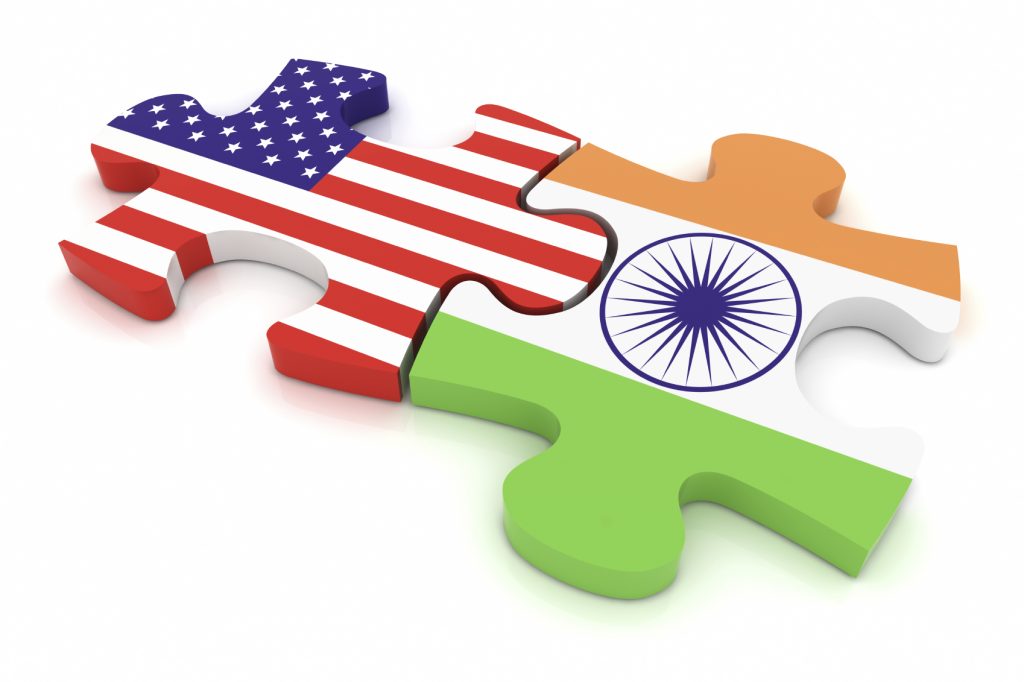
President Obama and Michelle won Indian hearts in the way he won the US presidential elections – with charm, wit and a rare way with words, which he interspersed with references to Gandhi, Vivekananda and Ambedkar. The people to people relationship is of huge significance, being the reason why India and the US are on exceptionally good terms today. The governments have done less than their share, until of course President Bush exerted American power worldwide to get New Delhi the nuclear deal. Following on the deal, Indian entities placed under sanction by the US Export Administration Act after India’s 1998 test will be permitted US high technology imports. The lifting of these sanctions will be part of the return of India to the status it had before 1974, when Indira Gandhi’s first nuclear test set off a flurry of shutting stable doors that included the setting up of the Nuclear Supplier Group. Now India may also be assisted by the formidable US pressure to enter both the NSG as well as the Missile Technology Control Regime. This, the Indians believe, is only fair since India has passed export control laws to bring its banned goods list in line with those prescribed by the UN. To the common Indian, all this means nothing, but to the diplomats and to the embattled congress party in parliament, these are substantial victories. So is it to India’s space scientists whose umbrella organization, the Indian Space Research Organization, which will now be permitted to receive inputs from NASA, and go on to cooperate with the US in space exploration. As China plans a manned lunar landing, Indian scientists also have a planned lunar flight coming up.
Most Indians on the street wanted to know what America was doing about Pakistani terrorism and didn’t appear convinced when told that Obama was visiting India and not Pakistan, and that the US had at last de-hyphenated India and Pakistan at the request of the Indians. As the limited success of the visit began to become clear, it was apparent that of all the groups that had been working together, only the business community had gotten their act together. The Indians had to somehow involve Obama in their chief concerns, which were poor infrastructure, lack of skills among millions, poor agricultural efficiencies and access to technology. Unexplained to the Indian masses was that the American President has little control (influence, yes) over the major CEOs, over presidents of American universities, and that technology IPs are all in the private sector. In this situation the Indian defense bureaucracies have seriously underperformed. By refusing the offer to access worldwide US logistics facilities in return for a very few Indian ones, the notoriously slothful Indian Ministry of Defence has shot itself in the foot – again. The communications agreement raises bizarre suspicious among the Indians that the US could cheat on them and eavesdrop – which they probably do anyway. Nevertheless the Pentagon, bereft of big ideas, happily agreed to sell 100 jet engines for India’s stuttering jet fighter project, and also to sell 10 C-17 strategic lift aircraft. There are rumours that the army’s 10 year search for an artillery gun might be met by an American one, thereby leaving the two navies without any ideas in the area that matters the most.
Among those who notch successes from what is said, rather than done, there are four statements that bring joy. One is an acceptance of a bigger Indian role in Afghanistan, and another is about joint consultation on East Asia, referring to you know Hu. The third is about greater defense cooperation. Greater than what is not yet clear, but until the dysfunctional defense bureaucracy learns to leverage America’s vast storehouse of ‘Foreign Military Sales,’ it would, as it did during this visit, contribute nothing to the relationship. The fourth and last is of course eternal happiness for Indian diplomats – a seat in the Security Council, which will probably come, after a display of bad grace from Beijing.
Admiral Raja Menon is a former career officer and submarine specialist in the Indian Navy, and currently a distinguished fellow in the Institute of Peace and Conflict Studies and the National Maritime Foundation. This article is part of the Atlantic Council web forum "Obama’s First Tour of India."
Image: iStock_000014305021Medium.jpg
